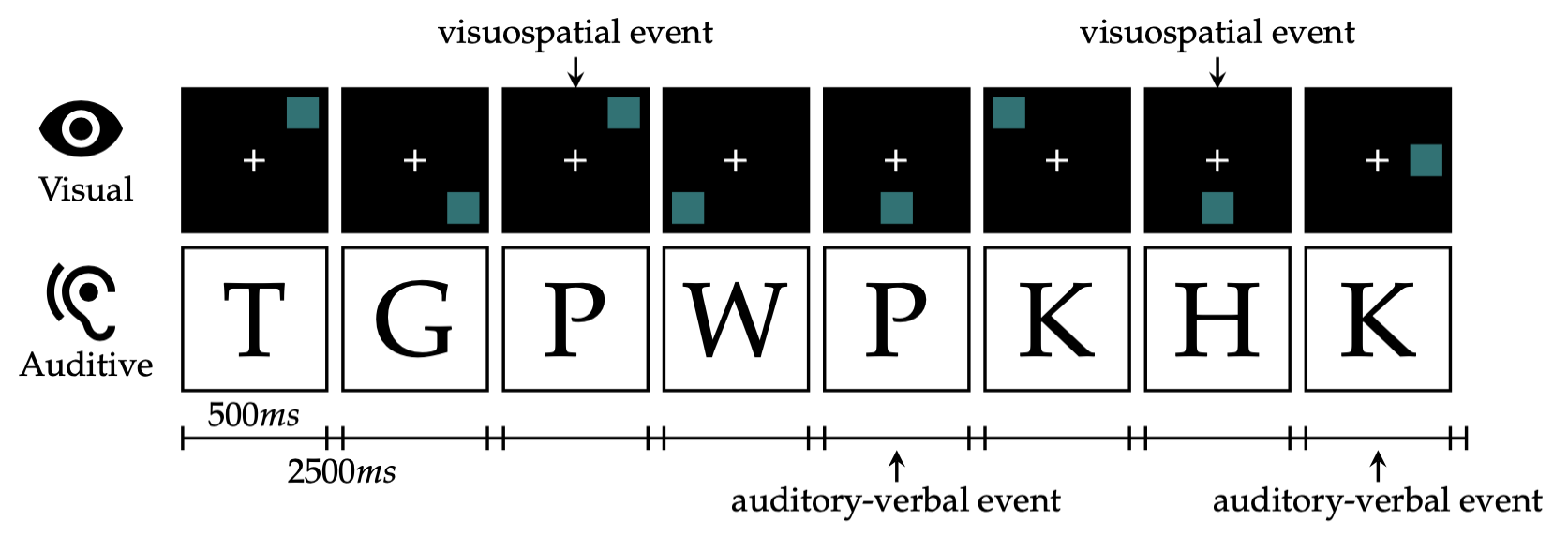ADABase Dataset
Autonomous Driving Cognitive Load Assessment Database
multimodal, public dataset, cognitive load, affective sensing, machine learning, autonomous driving, multiple tasks, human computer interface
Physiological
Electrocardiography, Electromyography, Photoplethysmogram, Respiration, Skin Temperature, Eye Tracking
Behavioral
Facial Action Coding System Action Units, Eye Tracking
Subjective
NASA TLX questionnaires, OCEAN personality traits.

Performance
Hit Rate, False Positive Rate and Reaction Time
Scenarios
Well established physiological n-back test and novel application motivated k-drive test.
Public
Raw signal recordings (>2 hours each) of 30 subjects for academic purposes.
Fast & Easy Access
import pandas as pd
# Continuously recorded ECG during the nback test
data = pd.read_hdf(subject_file, "SIGNALS", mode="r")
data.loc[data["STUDY"] == 'nback', ["TS", "ECG_RAW_II"]].dropna()
# Reaction time of subject for level 1, n-back test.
data = pd.read_hdf(subject_file, "PERFORMANCE", mode="r")
data.loc[
(data["PHASE"] == "nback") &
(data["LEVEL"] == 1), "VISUAL REACTION TIME"
]
# Accessing available values for each table
pd.read_hdf(subject_file, "SIGNALS").columnsOpen hierarchical data format v5, readable with all common programming languages, including python using pandas package.
Request Access to Dataset
Contact the authors and request access after accepting our End User License Agreement (EULA).
Abstract and Screenshots



Cite our work: BibTex
@article{oppeltADABaseMultimodalDataset2022,
author = {Oppelt, Maximilian P. and Foltyn, Andreas and Deuschel, Jessica and Lang, Nadine R. and Holzer, Nina and Eskofier, Bjoern M. and Yang, Seung Hee},
title = {{{ADABase}}: {{A Multimodal Dataset}} for {{Cognitive Load Estimation}}},
date = {2022-12-28},
journaltitle = {Sensors},
volume = {23},
number = {1},
pages = {340},
issn = {1424-8220},
doi = {10.3390/s23010340},
url = {https://www.mdpi.com/1424-8220/23/1/340},
}
@article{foltynEvaluatingRobustnessMultimodal2024,
title = {Evaluating the Robustness of Multimodal Task Load Estimation Models},
author = {Foltyn, Andreas and Deuschel, Jessica and {Lang-Richter}, Nadine R. and Holzer, Nina and Oppelt, Maximilian P.},
date = {2024-04-10},
journal = {Frontiers in Computer Science},
volume = {6},
pages = {1371181},
issn = {2095-2236},
doi = {10.3389/fcomp.2024.1371181},
url = {https://www.frontiersin.org/articles/10.3389/fcomp.2024.1371181}
}Funding
This work was supported by the Bavarian Ministry of Economic Affairs, Regional Development and Energy through the Center for Analytics-Data-Applications (ADA-Center) within the framework of “BAYERN DIGITAL II” (20-3410-2-9-8). The hardware infrastructure is partly funded by the Federal Ministry of Education and Research under the project reference numbers 16FMD01K, 16FMD02 and 16FMD03.
Legal
The USER is able to access ADABase after signing our End Users License Agreement (EULA), that can be requested by mail using adabase (at) iis.fraunhofer.de. The USER may not use the DATABASE for any nonacademic purpose. According to paragraph 44b section 3 UrhG (German Copyright Act) text and data mining for commercial purposes is prohibited. Nonacademic purposes include, but are not limited to: proving the efficiency of commercial systems, training or testing of commercial systems, selling data from the dataset, creating military applications, developing governmental systems used in public spaces. If parties are interested in acquiring the dataset for commercial usage or undisclosed parts of the dataset, do not hesitate to contact us.